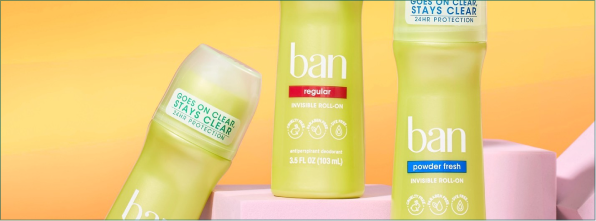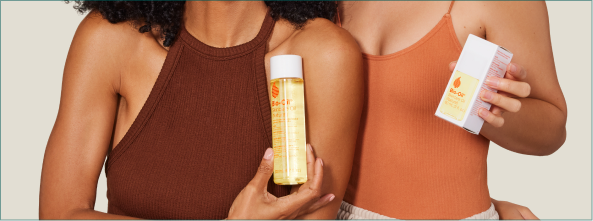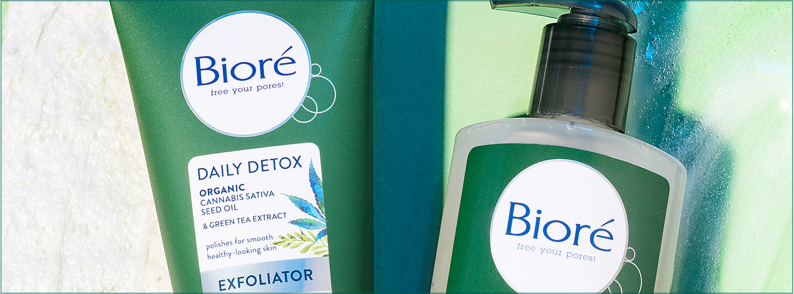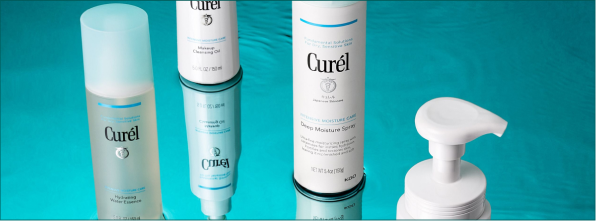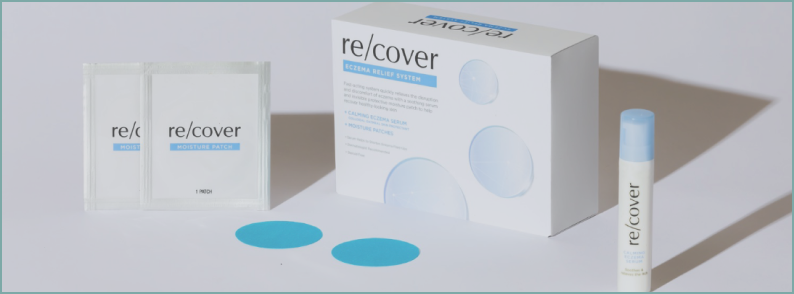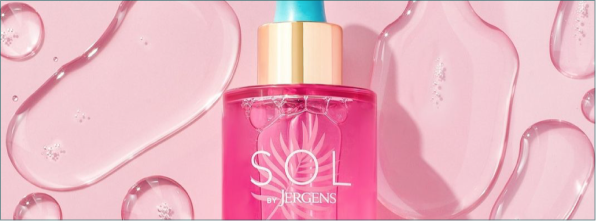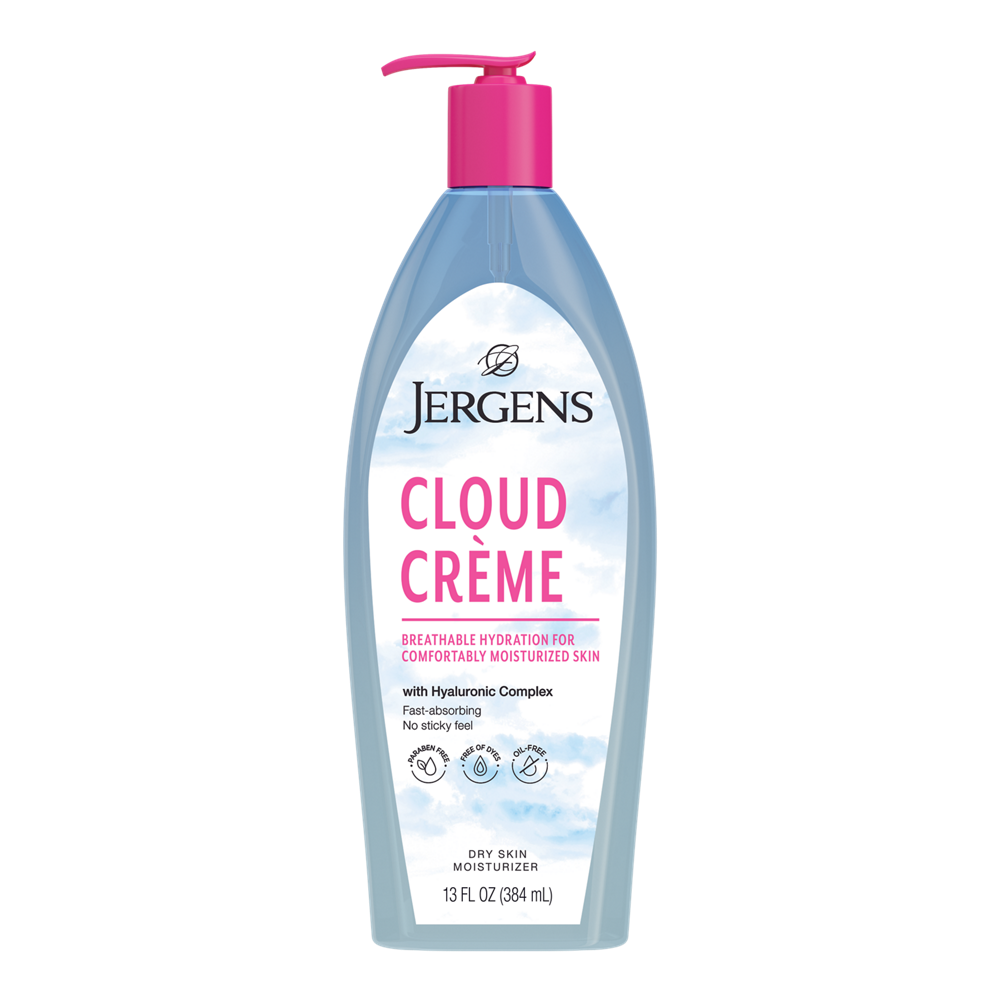We care about animals

We use two parallel approaches to avoid animal testing: The first is to reduce the number of safety tests required by taking advantage of previously developed knowledge as the foundation of our safety evaluation. We avoid repetitive testing when there is already enough historical data to know the answer without the test.
If the existing knowledge is not sufficient, we believe in utilization of alternative non-animal methods. In our opinion, alternative methods should be official test methods that can be used globally. Since the 1980’s our parent company Kao has been actively working with industry associations and relevant third parties to find robust alternatives to animal testing, which have been successfully adopted as international guidelines. To reduce safety testing overall, we utilize targeted application of existing data and industry knowledge to the evaluation of the safety of new products. We regularly present and publish our work and continually collaborate with others to share our knowledge and apply exciting new science to assure product safety.
Key milestones on our journey to truly make animal testing a thing of the past:
Development and Globalization of Alternative Test Methods
- The "h-CLAT'' alternative test method, which focuses on the skin immune cell function, was developed by a collaboration of Kao and Shiseido Company Limited –the joint research on alternative methods for skin sensitization started in January 2003 and successfully established the elaborate test method which was adopted as a global standard guideline in 2015 (OECD Test Guideline No.442E). And because we believe in sharing what’s good for society, the procedure can be performed by any company.
- To further improve the usefulness of skin sensitization measurements, we developed a system to evaluate the “potency categorization” –how strong or weak is the potential that a material may cause sensitization with repeated exposure. The "Integrated Testing Strategy” (ITS) was adopted as a global standard guideline in 2021 (OECD Guideline No.497) as the first global standard approach to evaluate potency categorization.
- Kao newly developed "EpiSensA", a next-generation alternative test method that uses an artificial skin model. This model has a structure similar to that of human skin. "EpiSensA'' has great applicability and predictability, thus we are currently conducting international collaboration research targeting the acceptance as a global standard.
- Kao has developed a new alternative test method for eye irritations based on "Short Time Exposure” (STE) tests that utilizes cultivated cells. In July 2016, this test was adopted as a global standard guideline (OECD Test Guideline No.491).
The safety of our products is one of our highest priorities. We use state of the art evaluation methodologies to ensure the highest level of safety of our raw materials and products. An advantage of these methods is that the overall number of safety tests can be reduced.
- In the last century, non-animal alternatives were not available. To ensure safety, there were times that animal testing was the only alternative. While it would have been better if the testing could have been avoided, it would be irresponsible to discount the results. The historical data from across the cosmetics and other industries is still valid and can be applied to understand the safety of new materials without the need to conduct new testing, including those using alternative methods.
- Computer modeling is a powerful tool for safety evaluation. Using a chemical’s atomic structure and the decades of toxicological data, we can conduct an in silico assessment that will provide alerts to possible hazards like allergy or carcinogenic activity. Computer models are relatively inexpensive and easy for our toxicologists to use and provide another layer of information regarding the safety of all our product ingredients.
- We also use the threshold of toxicological concern method, or TTC. This method is especially useful when evaluating the safety of fragrances and other botanical type ingredients. TTC establishes a level of exposure, or threshold, where there is no appreciable risk to human health. A typical threshold level is the equivalent of one drop of a chemical in an entire swimming pool. You can read more here: https://pubmed.ncbi.nlm.nih.gov/31415786/
Our scientists continue to pioneer new non-animal methods and technologies and to work hard towards the global abolition of animal testing.
